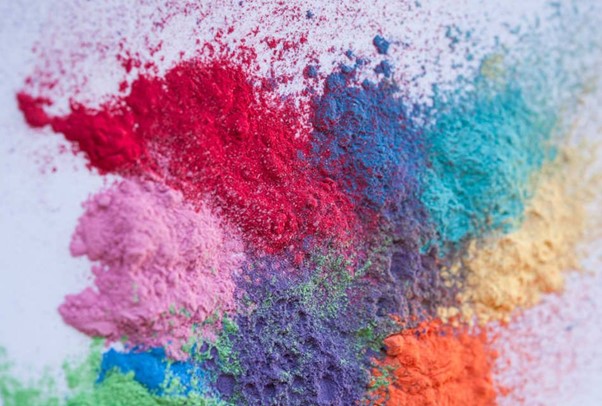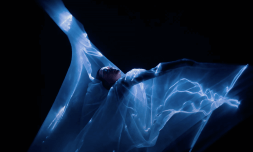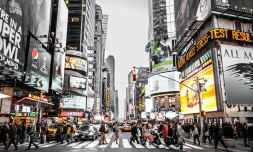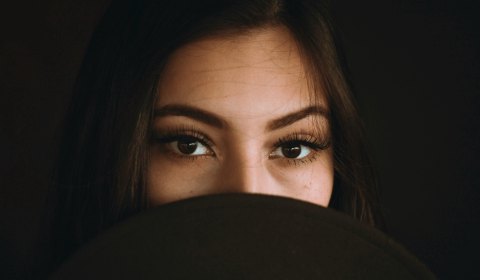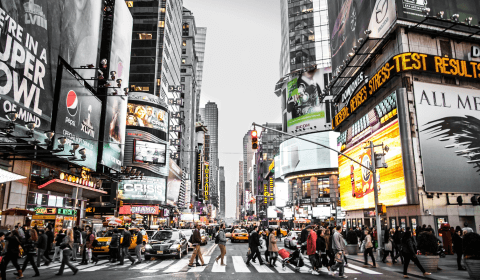The harmful effects of clothing dyes
Traditional dyes use around 2000 different chemicals and waste tons of freshwater during the dyeing process. The Ellen MacArthur Foundation has reported that the fashion industry uses 93 billion cubic metres of water each year.
For those like me who find it hard to visualise that, this amount could fill around 37 million Olympic swimming pools, which may also be slightly incomprehensible, too. Let’s just say, it’s a lot.
Once finished with the chemical dyeing processes, the cheapest way to deal with the chemical-soaked water is typically to dump it into nearby rivers and lakes – a common practice around the world.
In garment factories in Asia, thick, inky water creates a toxic mix of chemicals that seep into Earth’s waterways and soils. It’s true that a large majority of these chemicals and solvents aren’t hazardous, but at least 72 of them pose a threat to ecosystems.
Accumulating over time in the water, they create a film on the surface that blocks sunlight and reduces oxygen levels – leaving marine plants unable to photosynthesise and grow.
The last, but certainly not the least problem with dyeing clothing is its use of heavy metals. Lead and copper are often used to pigment dyes for clothing, which enter our bodies as we wear them and with time can cause serious health issues.
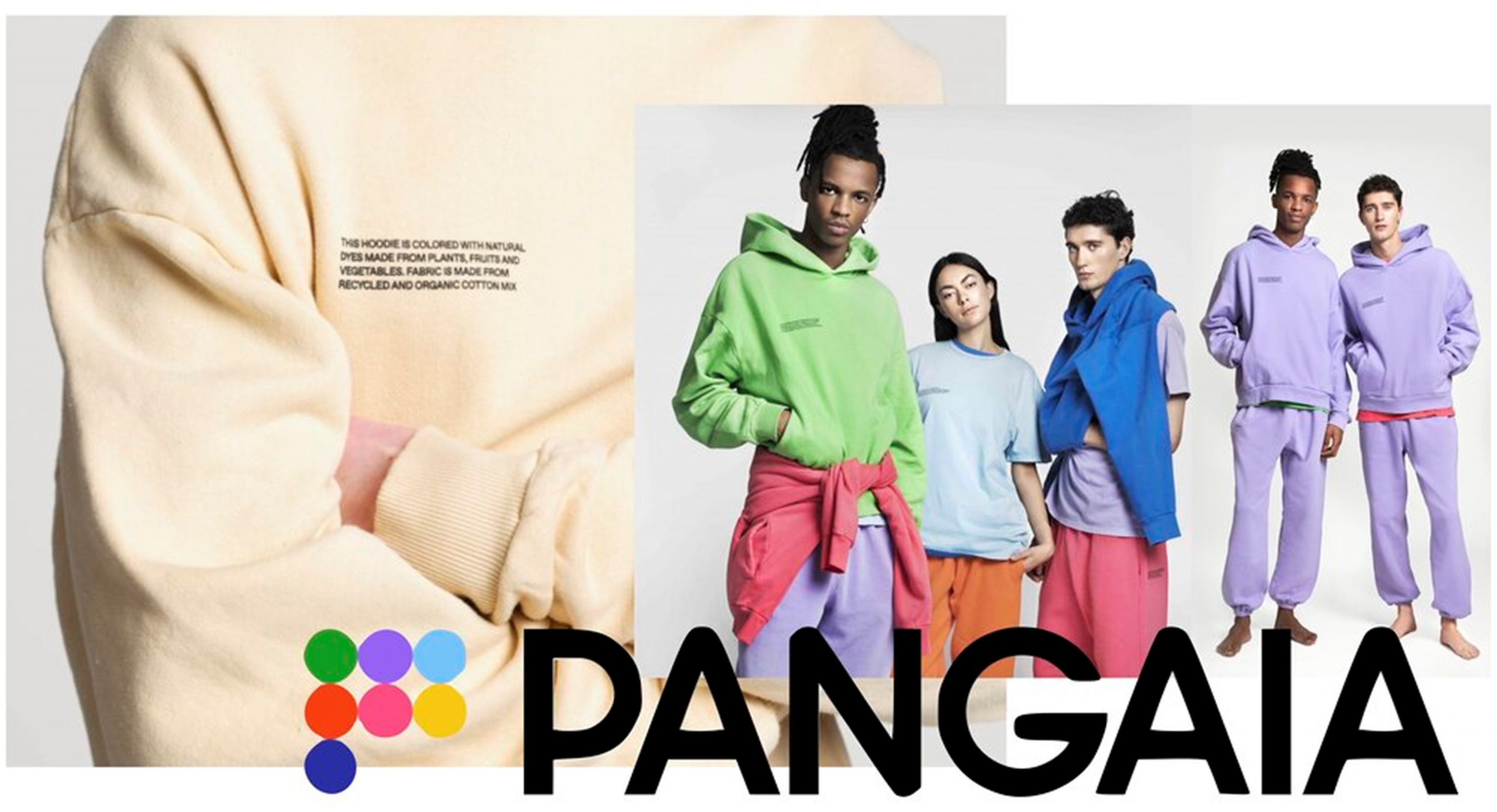
How PANGAIA ranks on the sustainability index
From its launch, PANGAIA has been committed to creating clothing that has a minimal impact on the planet. ‘Designing an Earth-positive future, together’ is its motto.
According to Good On You, its ranking on the sustainability index is a 4 out of 5, earning it a rating of ‘good,’ which is pretty decent compared to most well-known brands. For example, ASOS & ZARA each earned a rating of ‘not good enough’ – at a low 2 out of 5.
PANGAIA has achieved ‘good’ status by using compostable packaging and eco-friendly materials that limit its water and wastewater during production. It does not use fur, leather, down, exotic animal skins or angora. Any exotic animal hairs used have been recycled and its wool is sourced from verified, sustainable sources.
On top of this, PAGAIA factories are based in Portugal and Italy where labour abuse remains at medium risk. Its code of conduct ticks all four ILO Fundamental Freedom principles, and it monitors health and safety issues internally.
Like many brands appealing to Gen-Z customers these days, philanthropy is at the heart of its operations. Its website states that in 2020, the company had raised and donated over $100,000 for a number of causes including Black Lives Matter, wildlife protection, refugee support organisations, and more.
The new Re-Color colour only stands to add to PANGAIA’s accolades. And with Recycrom dyeing technology available for widescale use, let’s hope other big brands follow suit!
